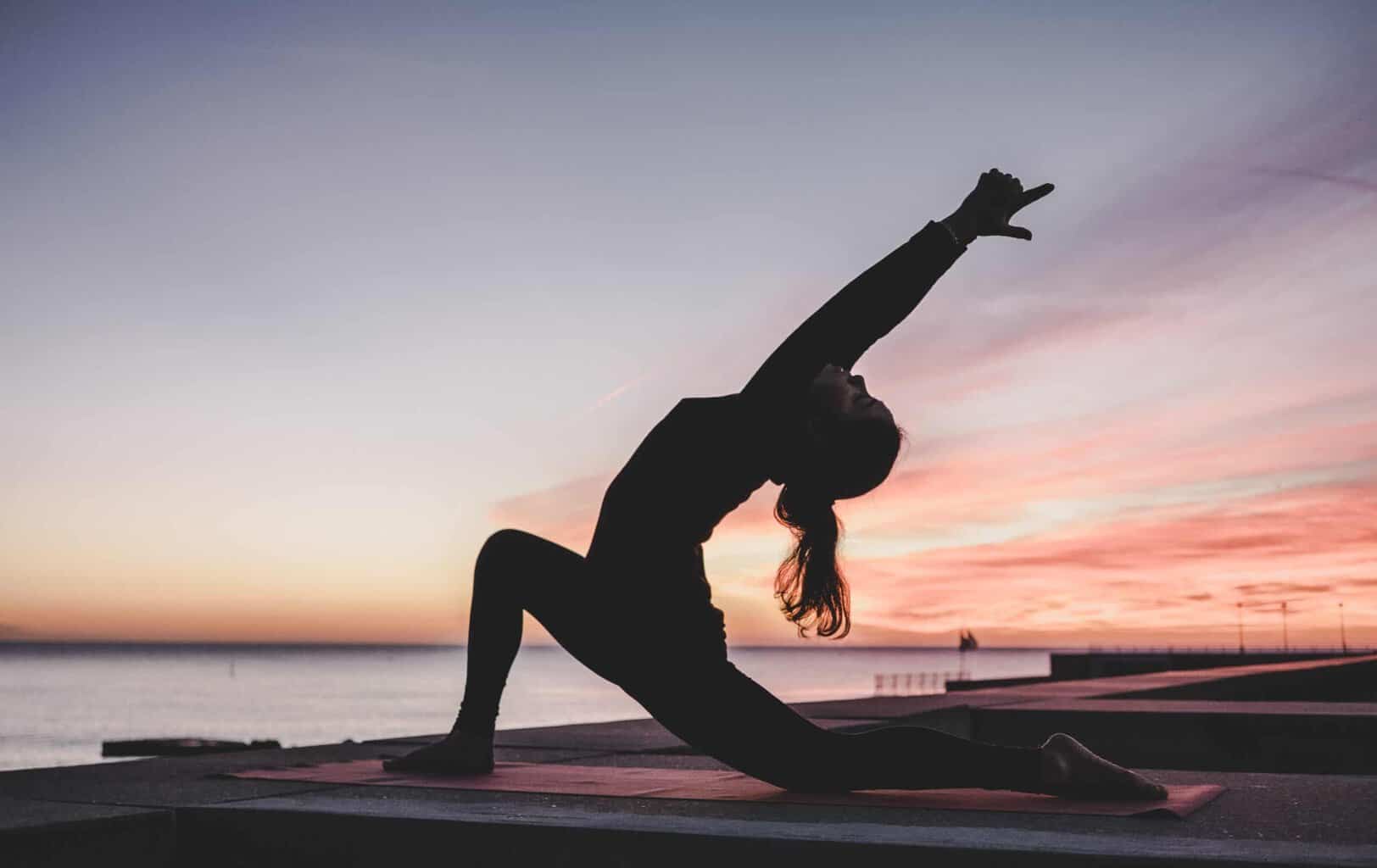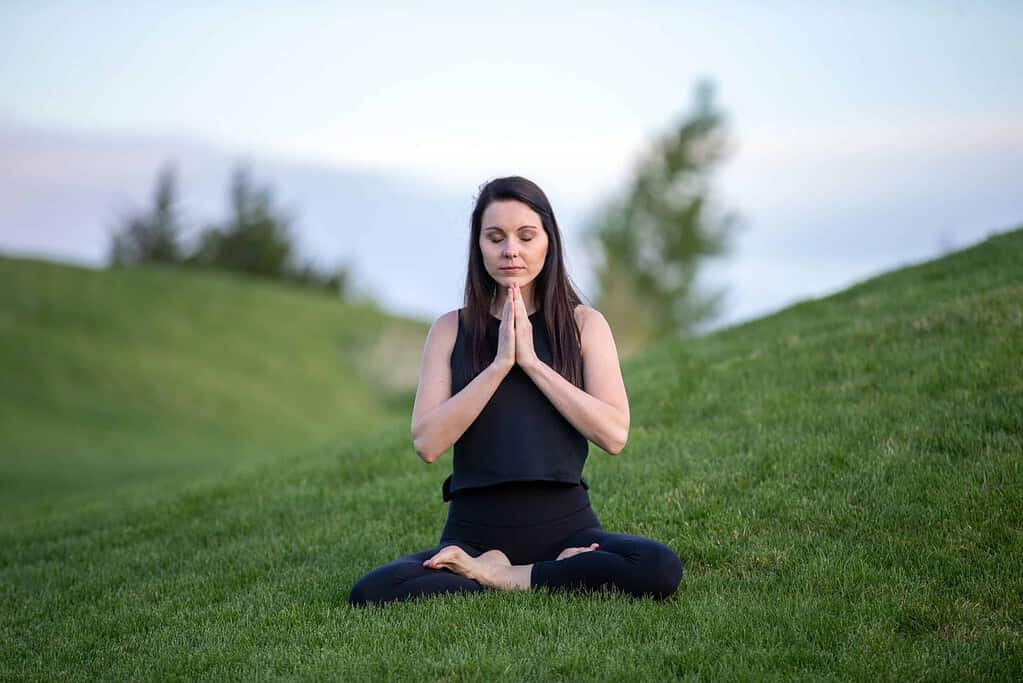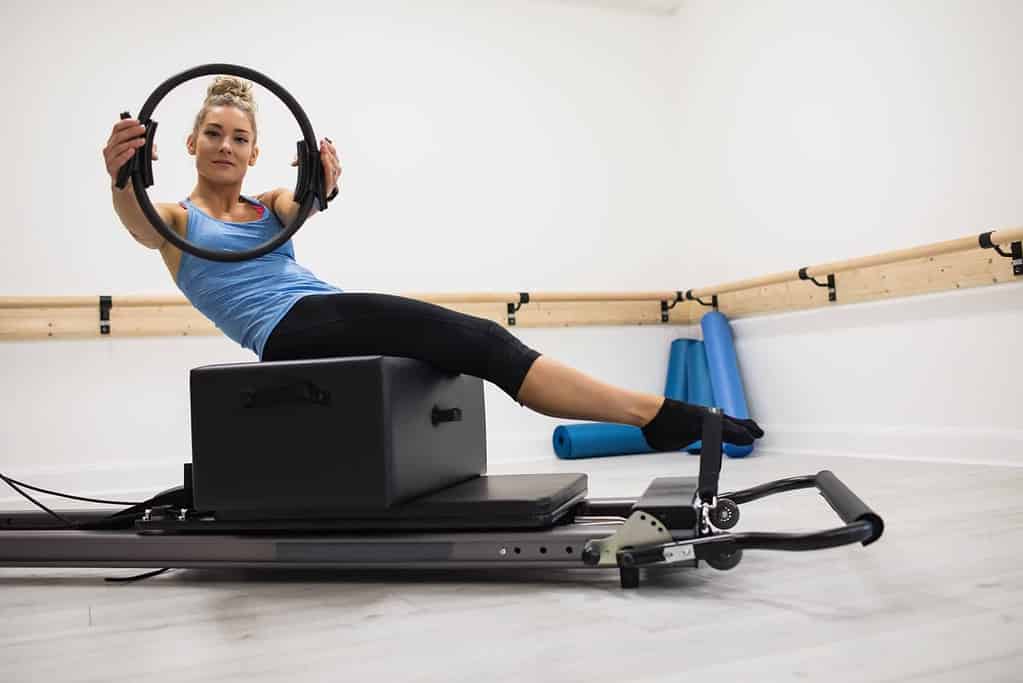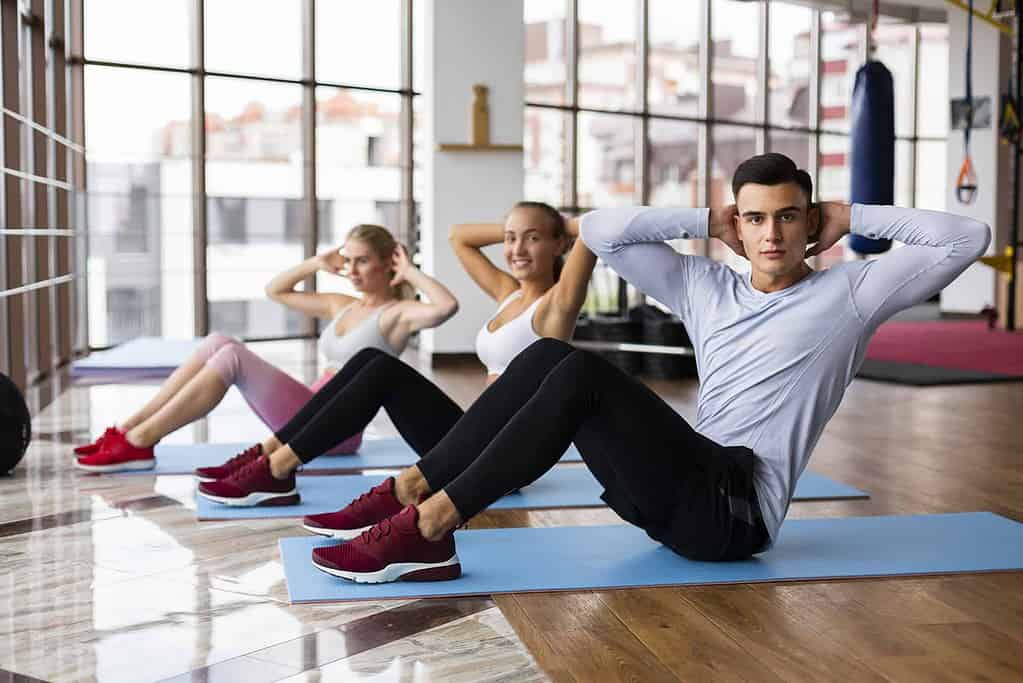How Pilates complements your yoga practice

I can already imagine yoga-lovers reading this with raised eyebrows and scepticism. Trust me when I say this, it isn’t going to be a debate on which form of exercise is better. Continuing from our previous blog on how Pilates can complement a gym-goer’s routine, in this blog we will dive into the many ways in which Yoga and Pilates can both be part of your workout regime.
Yoga

An ancient practice founded in India, Yoga has been part of our culture for ages. It gained mass popularity in the last century with different gurus founding their own schools of thought and taking Yoga to the west. Although it is a way of life having its roots in meditation and spirituality, Yoga is popularly known for the physical exercises or asanas that are practiced by millions of people.
Now, let us look at Yoga from the point of view of anatomy and physiology. Yoga benefits you in multiple ways. Firstly, it improves the capacity of your lungs through the different breathing exercises or Pranayama. Along with this, the different kriyas and chanting of Om have shown to normalise blood pressure. Secondly, it helps in training your mind and improving focus. The mind-body connect is the foundation of Yoga. Thirdly, the asanas work to increase mobility of joints and flexibility in your entire body. On the whole, different exercises are known to improve the functioning of different systems in the body, especially digestion, which is linked to multiple ailments.
How Pilates can add to the benefits of Yoga
You might be wondering how Pilates, as an exercise system, can be beneficial to you if you already do Yoga. The main difference between Pilates and Yoga is the focus. While Yoga concentrates on stretching, balancing and holding postures. Pilates focuses on core strength, realigning the body and building lean and strong muscles. While Yoga can help all the things mentioned above, Pilates can help in the following ways:
Core activation:
In Pilates, the first thing you are taught is to stabilise your core muscles to begin any movement. The core muscles are responsible for keeping the spine protected and optimising all movements as they all originate from the core. You become so accustomed to activating and stabilising your core muscles during exercise, that this mind-body connect carries forward to your yoga practice and functional movements in the real world, preventing you from expending unnecessary energy or injuring your spine.
Strength training:
There is misinformation about Pilates stating that it only works on the core. Pilates starts from the core and integrates the appendicular skeleton into movements, thus working on strengthening and toning muscles throughout the body. We even work smaller muscles which are neglected in traditional weight training. This benefit of Pilates goes hand-in-hand with Yoga. While Pilates will work on muscle strengthening, Yoga will stretch these muscles and release the tension in them post-Pilates.
Postural Correction:
As your core strength increases with regular practise of Pilates, the posture of your spine will improve. It is the strengthening of the core muscles which help us stay erect and prevent back pain. While in yoga the spine is mobilised in all directions, the added core strength can be achieved through Pilates.

Rehab and recovery:
As Pilates was first designed as a rehabilitation practice, it is also ideal for those who have certain restrictions in movement. Specific Pilates exercises can be used to strengthen the injured area and spur on quicker, more reliable muscle repair and recovery. Additionally, the exercises can be modified to suit the fitness levels of those with certain chronic issues.
Variety with props and equipment:
Pilates goes beyond the mat. We use props like the over ball, swiss ball, foam roller, wobble board, and resistance bands which can be used either to aid certain movements or even add a challenge. Moreover, working out on Pilates equipment like the Reformer is a great way to do strength training in a more controlled setup than with free weights in the gym. When doing Pilates exercises against spring resistance, you have to work to bring it back to its original length slowly and carefully – with control. When you train your body to control the movement that extends and contracts the spring, you train your body to have greater balance and control in general.

Softer on joints:
Yoga postures require a great amount of mobility in joints. Pilates can train you to protect your joints by loading them correctly. In Pilates, every exercise has multiple levels which do not necessarily rely on a person’s strength levels but in general, we gradually build up to advanced exercises. We start with closed chain and then move to open chain, using body weight. Then we gradually build up the strength and add more resistance. This understanding can easily transform the way you load your joints and release them while doing yogic postures, preventing wear and tear in the joints.
Targeted abs:
With Pilates’ focus on the core, you can target your abs. The springs on Pilates equipment act as abdominal muscles you don’t yet have. As you get stronger, the spring resistance can be lessened so that your abs can slowly do more of the work until you can do the entire movement by yourself. It can help trim the waistline, as well as make abdominal muscles strong.
Stamina and endurance:
The dynamic movements, isometric holds and resistance training in Pilates helps increase your stamina and endurance levels over time. You will learn to recruit muscles without tiring your body. Like at the end of every Yoga session, you end up feeling more peaceful, at the end of a Pilates session, you will be bubbling with energy.
Breathing:
This is a common factor between Pilates and Yoga. While breathing in Yoga can help us relax and improve our digestive capacity, breathing in Pilates improves the firing of the muscles as it is an aerobic activity. Every movement is combined with an inhalation or exhalation to aid the flexion or extension of muscles. This helps train our muscles to work more efficiently.
Mind-body connect

The core has a very big representation in the brain (motor homunculus). Concentrating on the core can greatly improve the mind-body connect which is expected in Yoga.
So, should you choose Yoga or Pilates? If you are trying to think which of the two is suitable for you, then stop trying to choose one. Both these systems of movement complement each other and fill in the gaps where the other lacks.
Ishana, who has been practicing Yoga for 30 years now, added Pilates to her routine a few years back. She loves them both equally: “Yoga is the foundation of my health and has given me flexibility. But from Pilates, I get strength and coordination. As I am aging, I feel it is very important to train for coordination as that is lost with age.” Rita Date, a Vinyasa Yoga instructor loves the Pilates Reformer. “If you really want to target and strengthen muscle groups, Pilates is the way to go. In Yoga, asanas are just the beginning of a more meditative and spiritual practice focussing on the mind. People should do both Pilates and Yoga as they both have multiple benefits.”
In day-to-day movements, we not only need functional mobility and flexibility but also strength and balance. Combining the best of Yoga and Pilates, you can do both alternatively to get a peaceful demeanor, amazing health, and better fitness levels. You will surely see the difference.
Contact us to do a trial Pilates class.
Written with Hemal Parikh.
